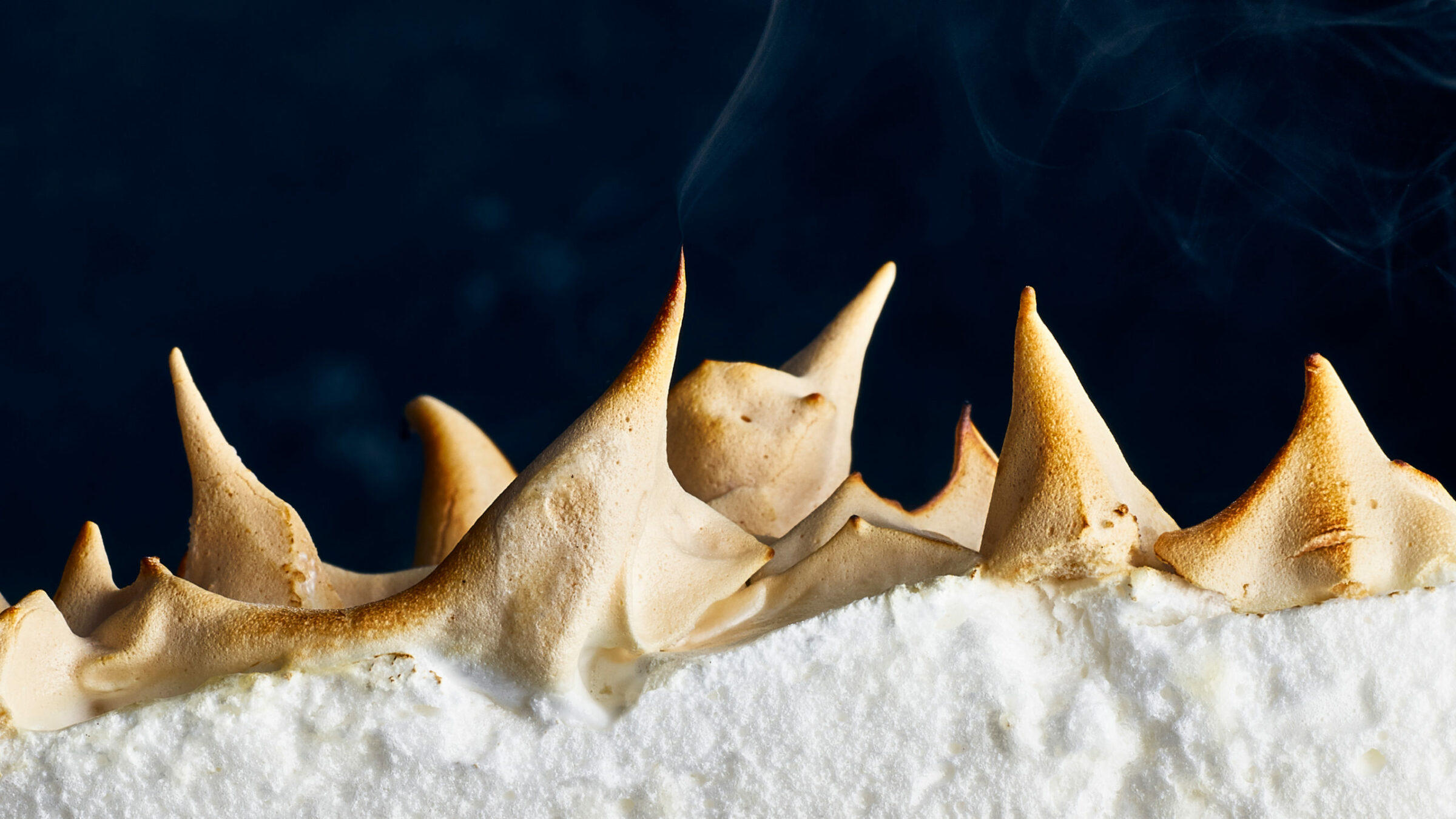Andy Kerry has been photographing food, lifestyle and products for the last 30+ years.
You will typically find him in the darker corners of the studio creating strong, atmospheric images inspired by his love of food, dramatic paintings and nature. In his free time however, he explores outside the studio, chasing big skies and the dramatic Scottish Highlands, a stark contrast to where he lives with his wife in the south of England.
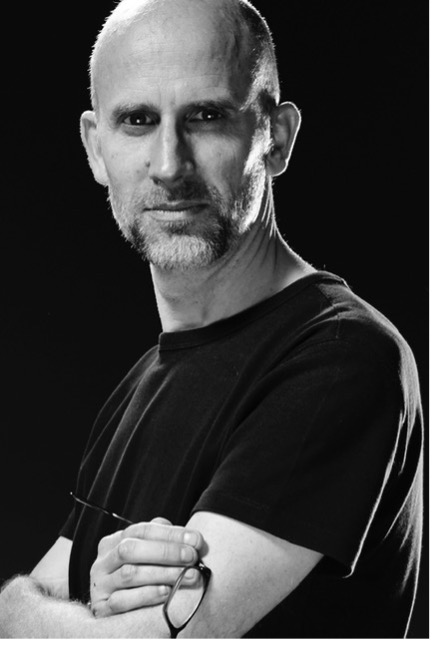
Becoming a Photographer
What started you on your path to become a photographer and what has sparked your passion for it?
My journey with photography started in school, when my art teacher told me that I am not going to pass my art A-levels and that I should try photography instead. That was quite blunt from him, but at least he was honest. My dad was always into photography and he bought me a little Russian camera, which was called Cosmic Symbol and that marked the beginning of my photography journey. I would start copying adverts from the weekend papers and magazines to learn more about the industry. Then in college I actually learned fundamental skills for shooting glassware, food, high key, low key etc. In the mid-eighties I moved to London, the hotspot for iconic high-end adverts, and assisted advertising photographers. There I got inspired by these iconic adverts like the Benson and Hedges campaign but also Clive Arrowsmith’s celebrity portraits and I started to obsess over lighting and details. Back then photography was more slow-paced and photoshop wasn’t even on the horizon, so you had to do everything right in camera.
You’ve many food images high commended.
What brought you to food photography and where do you get your inspiration?
I wouldn’t describe myself as a pure food photographer, as most of the food that I shoot is supporting an image for kitchen appliances and gadgets. However, I am really passionate about food and cooking, my Thai green curry from scratch is pretty damn good. I think that this is reflected in my work, because I understand the time and effort that has gone into creating the dish. Food is just a general interest of mine, for instance getting a wine qualification is one of my goals. I have always been intrigued by chefs creating beautiful dishes in chaotic environments. So, I can get inspired by many things, usually though through television and film, for example the tv show peaky blinders with its beautiful visuals, lighting and cinematography.
How did you find your unique style and what has been your biggest challenge?
I would say that my signature style is simple, dramatic, atmospheric and always with a hint of darkness. A lot of the styles in food photography are driven by social media. Personally, I prefer minimal props, so that the image is all about the food or dish. What also matters a lot is your team. So, having great stylists, who deliver a great looking dish can often be more challenging than actually taking the shot.
Equipment
How did you end up with Phase One and how does it support you in your workflow?
I tried out my first Phase One digital back at CHS studios in 2001. We decided to get some demos and test them on our Mamiya RZ67 system, as you could use them with all bodies and lenses via an adapter. Back then it offered 6 million pixels and it was a pretty clear choice, so our studio was one of the first ones in the country to make the switch. The rest is history and now we are coming to our 20th anniversary of shooting with Phase One and it was definitely a steep learning curve, figuring out how to use a Mac let alone a new digital camera system.
Now we use the Phase One XF IQ camera system with the Schneider Kreuznach 55mm F2.8 LS, 80mm F2.8 LS and of course the 110mm F2.8 at the CHS studios. We actually have two of the latter one, as it is very popular with all our photographers. I really like the simplicity and adaptability of the Phase One systems. However, the most outstanding feature of the Phase One systems is the image quality. Every crumb and drip are on another level. Working with medium-format does slow down the process a little bit, which gives me more time to focus on my creative process. Also having the option of tethered shooting with Capture One Pro is a real asset for me and the stylist. Capture Pilot helps stylists make quick adjustments on set instead of having to return to the main workstation to view the image. This has been also very useful during the lockdown, as it gave us the opportunity to share shoots remotely with clients. Then of course the ability to focus stack images and control of Profoto Air flash are also very helpful, and I don’t want to miss it.
When it comes to lenses, what qualities do you prioritize for food photography?
Without a doubt, I use the Schneider Kreuznach 110mm F2.8. It’s a lens that fills the gap between standard and telephoto and the focal length is ideal for shooting with a minimal depth of field and the perfect amount of compression. It enables you to move the camera away from the set and allows our stylist to make changes easier. You can also get more lighting closer to the subject, due to the narrower angle of view, which is very useful in food photography. It really helps you to make a product stand out from the background. This is why I also like to use it for portrait photography. The 110mm lens has become my go-to-choice to the extent that I structure my thoughts and creative process around it, because I know exactly what I’m going to get. The 80mm lens is also a great lens, but I personally love the compression that the 110mm lens gives you.
How it was shot?
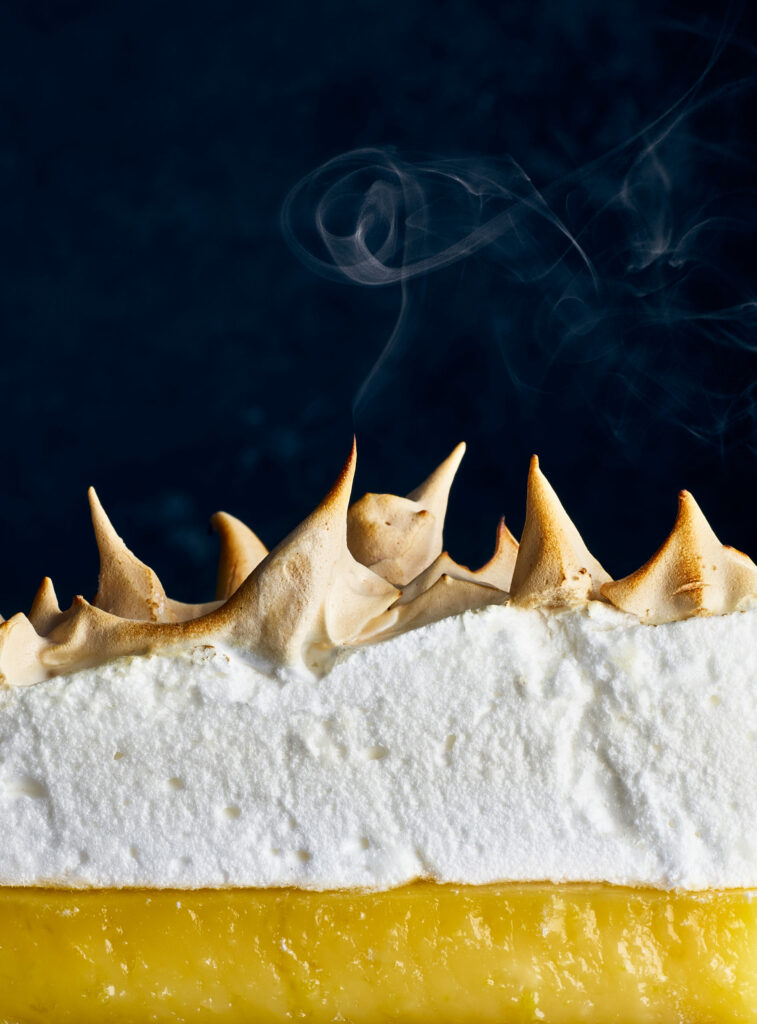
This image is a perfect example for the collaboration that is required in food photography. Lianne, the stylist I worked with on this image, tried several different consistencies of meringue to get the perfect peaks that we wanted. Creating these pristine layers was quite the challenge. I used the 110mm lens and shot from slightly below to accentuate the peaks. The lighting is broken down into three sections with a soft box for the front, a gridded dish for the background and a tiny spot to backlit the smoke.
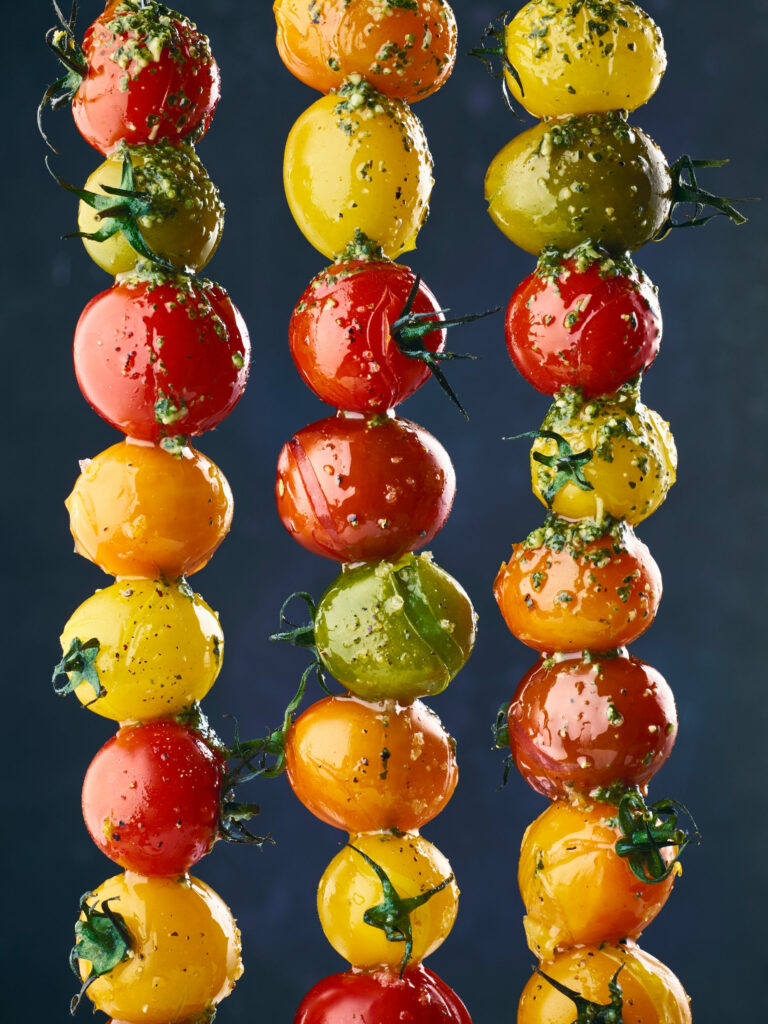
It would have been the easiest to shoot these kebabs overhead, but we wanted the pesto to drip down. So, after a short spell under the grill the kebabs were spiked into florist’s oasis. The final touch was given by a blowtorch to blister the tomatoes and a drizzle of pesto. Here, we used three Profoto lights: One large diffused soft box for the front, a strip light from the right for the height and a gridded dish for the background.
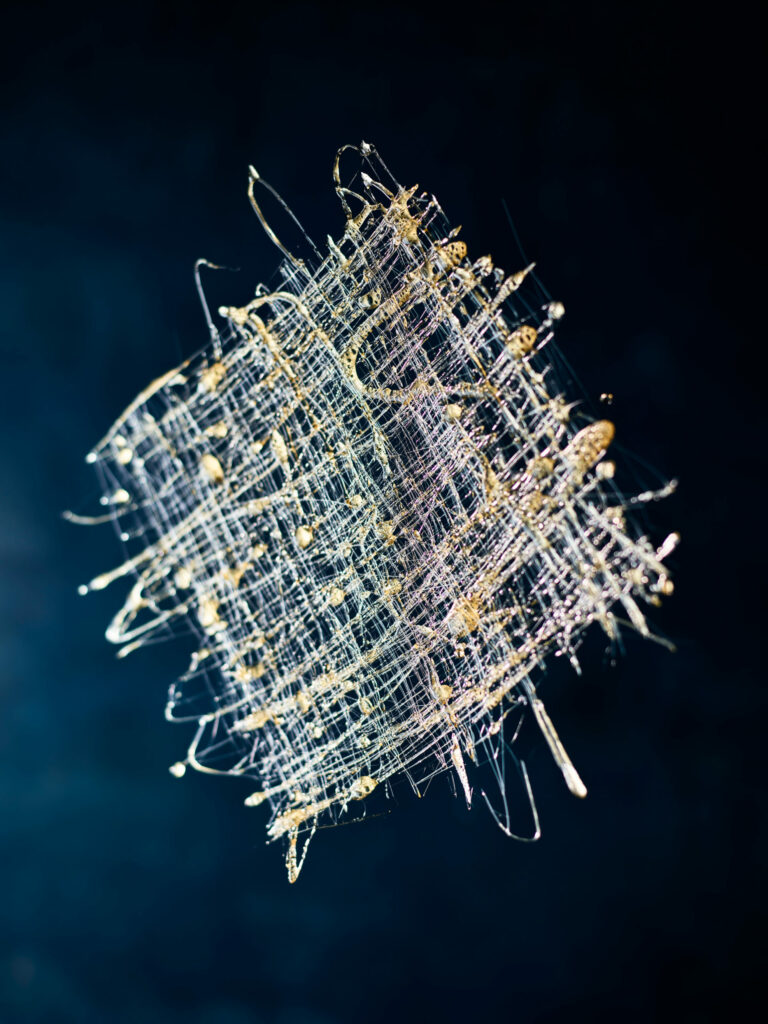
For this image, I wanted to shoot something a little bit more abstract, and I’ve always been fascinated by the patterns of spun sugar. After creating the spun sugar matrix, it was hung by a piece of fishing wire in front of the background, which I retouched in post-production. The 110mm lens was perfect for this image. Shooting at F3.5, I was able to get the minimal focus on the sugar, while keeping the background really soft. As for the lighting, we again used three Profoto heads, a small square soft box on the front, a gridded dish to backlit the sugar matrix and another gridded dish to for the background.
What are your upcoming projects?
I’m currently working on a book “Produce to Plate: Recipes and Culinary stories from Mull and Iona”. There are many good food producers on the Scottish islands, and I plan to shoot documentary stories of them. The idea is then to work with local chefs, who will create recipes from the island producers, so that I can shoot the final dish. Another goal is of course to shoot that winning image for the Pink Lady Food Photographer competition in the food portraiture category. After all these years being involved in photography, I’m still learning, and I still relish the challenge of the different shoots that come into the studio. Photography is simply more than a job to me, other people’s work gives me joy and inspiration, so I consider myself very fortunate to do what I love every day.
You can view more of Andy’s work at:
Learn more about the XF Camera System here:
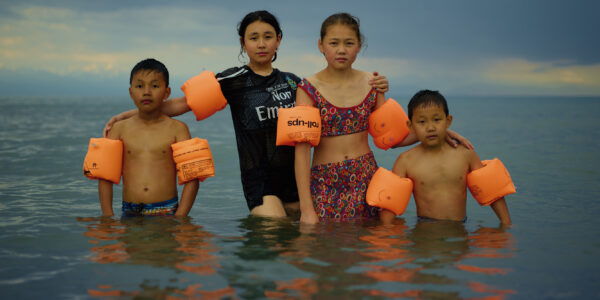
Photographer Stories
Intimacy in focus: Louise’s lens on humanity with Phase One_Part1
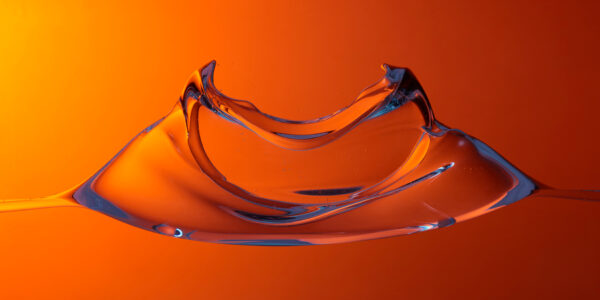
Photographer Stories
Dimitri Newman: Vision is Just the Start
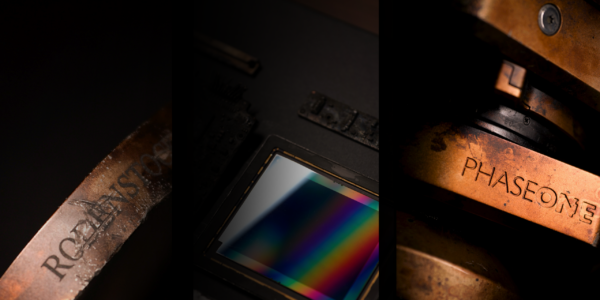
Photographer Stories
Ashes: The Rebirth of a Camera- Hexmalo
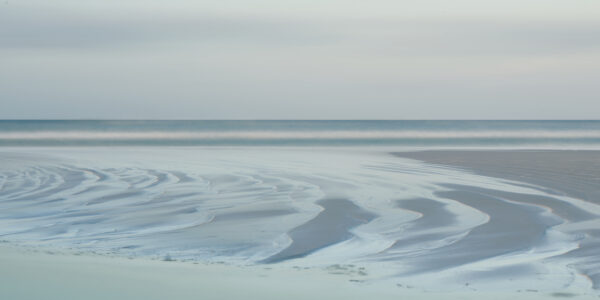
Photographer Stories
Chandler Williams: A Photographer’s Path
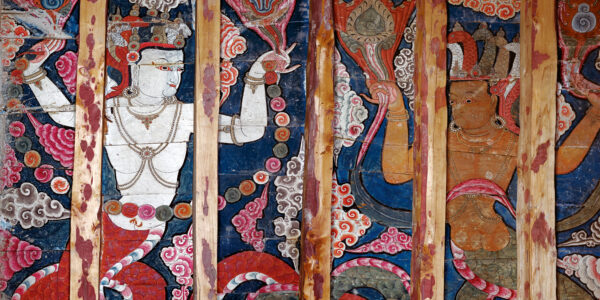
Photographer Stories
TABO- Gods of Light
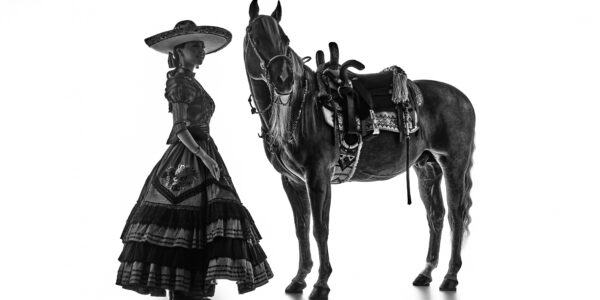
Photographer Stories
Loreto Villarreal – An Evolving Vision
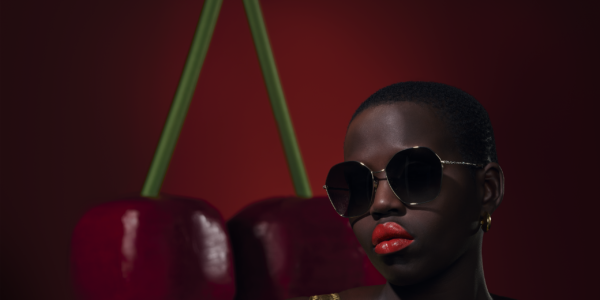
Photographer Stories
Tobias Meier – Storytelling Photography
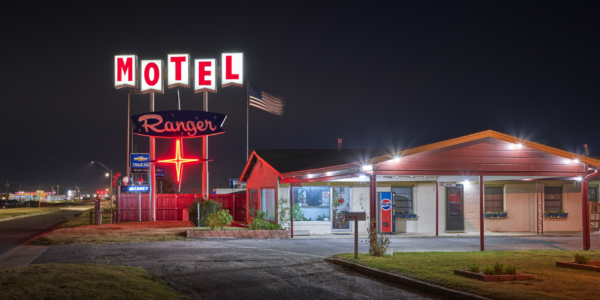
Photographer Stories
Gregory Essayan – Curating Reality
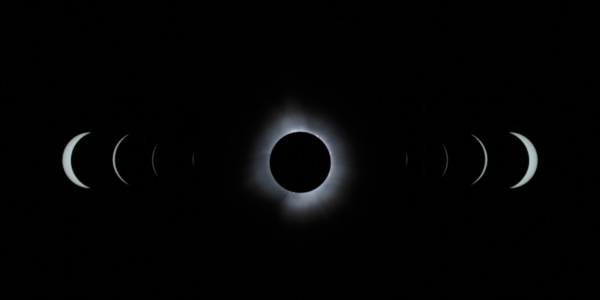
Photographer Stories
Total Solar Eclipse – Matthew C. Ng
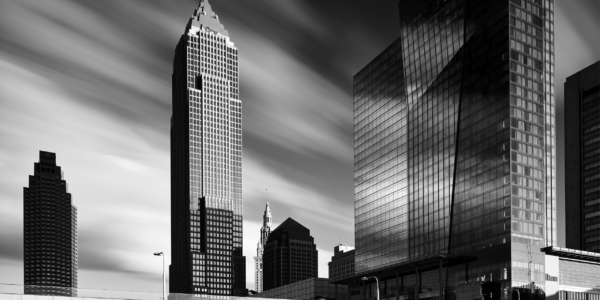
Photographer Stories
Roger Mastroianni – Frame Averaging
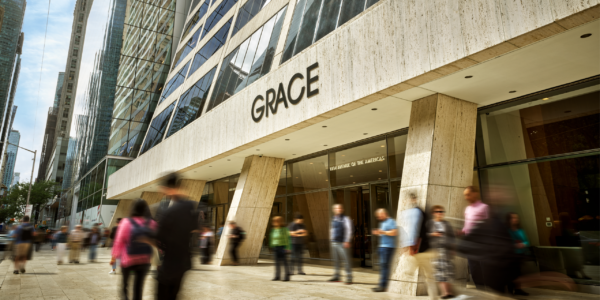
Photographer Stories
Matthew Plexman – Bringing portraits to life
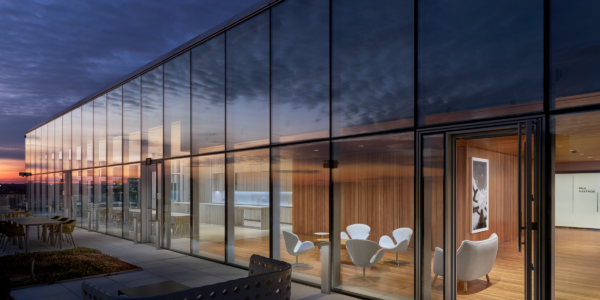
Photographer Stories
Prakash Patel – A Visual Design Story
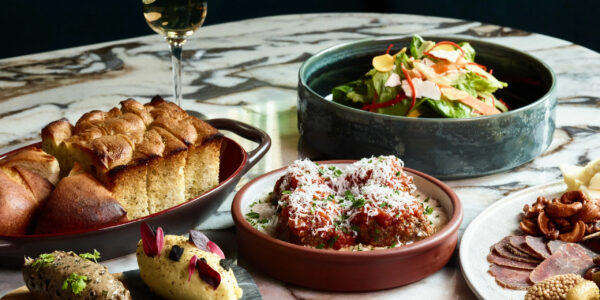
Photographer Stories
Karen Culp – Food Photography Ideas
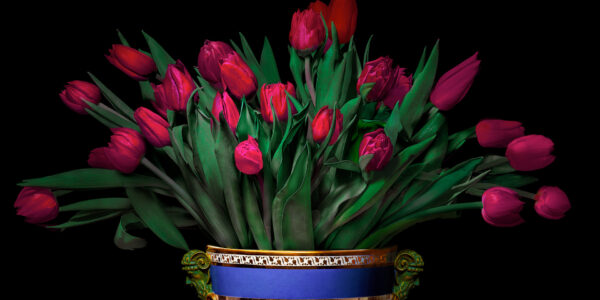
Photographer Stories
T.M. Glass: Flower portraits
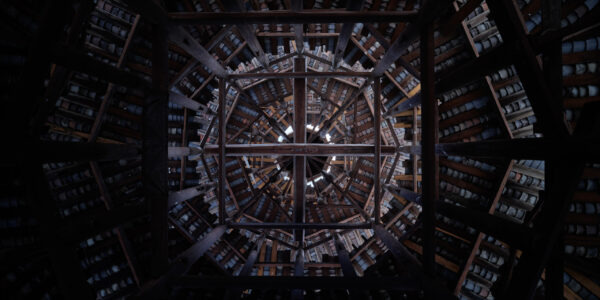
Photographer Stories
Preserving ancient Chinese buildings – Dong Village
